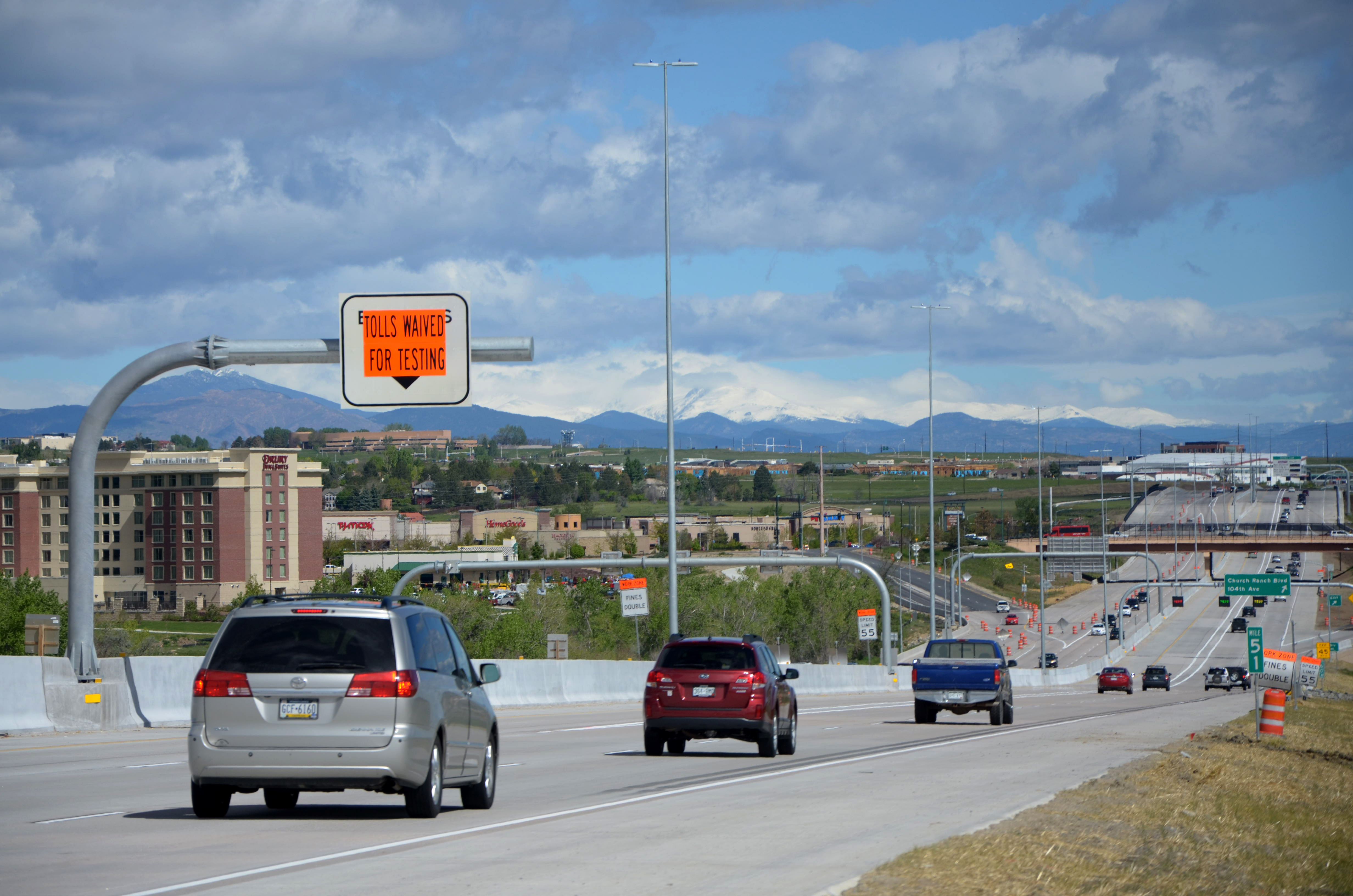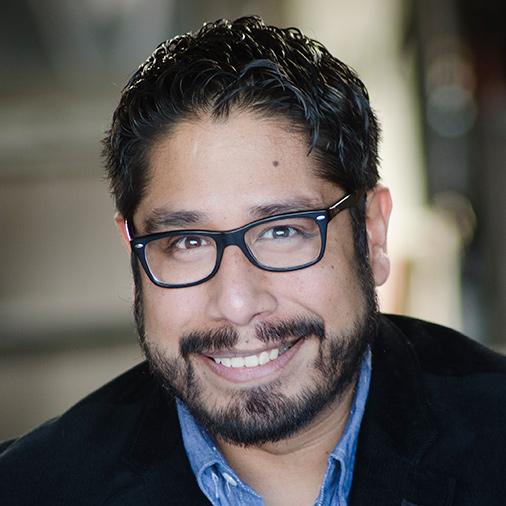
Transportation officials say the first section of the new U.S. 36 express lanes between Denver and Boulder is the first state project to truly embrace cars, buses and bicycles.
And nowhere is the multi-modal approach more clear than under the pedestrian bridge crossing U.S. 36 at the First Bank Center in Broomfield, said Colorado Department of Transportation Project Manager Mark Gosselin.
“You can see ... the bikeway as far as you can see along the highway," Gosselin said.
Along with the bikeway and highway lanes, the $317 million project also features new technology that officials hope will help motorists better decide how to get around -- whether it be by car, bus or bicycle. The overall aim is to help relieve congestion in the corridor between Denver and Boulder, which has seen rapid population growth since U.S. 36 opened in 1951.
Bikes and buses
The first 11 miles of the new commuter bikeway open Wednesday between Westminster and Louisville. The remaining seven miles to Table Mesa will open early next year.
“The bikeway I would consider a backbone to all the existing regional trails throughout the area," Gosselin said. "It connects them all, so it gets you where you need to go,” said Gosselin.
Another new option for carless travelers in the corridor are new Flatiron Flyer buses. They’ll flow with traffic in the express lanes. And during congestion, they’ll also use the highway’s shoulders.
It’s something Nadine Lee, a project manager with RTD’s FasTracks program, calls a “highway-based bus rapid transit system.”
“This free-flow condition can typically be achieved through an exclusive lane or guide way,” Lee said.
“But an exclusive lane isn’t the only way to achieve the travel time, reliability, or speed,” she added. That's because CDOT and RTD have negotiated a contract which requires minimum speeds of around 50-55 miles per hour -- at all times -- on most sections of the express lanes.
According to RTD projections, that will shave 10-15 minutes off a trip from downtown Boulder to downtown Denver with the new service. That makes an express bus trip between the two cities slightly under an hour.
“It allows us to be very consistent because we know that we will always be traveling at 55 miles per hour on that lane. So that’s really important in terms of somebody’s decision making in terms of whether or not they’re going to take transit that day,” Lee said.
New tech to aid motorists
Vehicles driving along the highway pass under large square digital signs with the word "TEST" displayed in multiple colors. Gosselin said these signs are part of the state’s most comprehensive “active travel management system.”
The system gathers real-time information from cameras, vehicle detectors and CDOT employees. It aims to notify drivers of accidents and slowdowns for every lane on U.S. 36. A similar system is already in place along Interstate 70 in Glenwood Canyon.
“For the most part, the boxes above the lanes hopefully will always be green arrows. That is a great thing. That means the lane is open and going at the correct speed. You don’t have to worry about it,” he said.
Gosselin explains the system is all part of CDOT’s effort to give commuters and travelers the latest information so they can choose the mode of travel that best fits their needs.
“Are they going to ride their bike, are they going to take the bus or are they going to use the general-purpose lanes. And when they need to get somewhere, they have the availability to use the express lane as well,” Gosselin said.
Traffic will affect toll prices
As part of a public-private partnership, Plenary Group Denver financed the highway and will manage it for the next 50 years. The group's Terry Ostrom explains tolls will increase if traffic in the HOV/express lanes flows below the free-flow speeds required by the RTD contract.
However, tolls could also be lowered if too few cars are using the lanes.
“You need to charge enough money that you don’t get too many people in the lane because if you get too many, the busses can’t go fast enough. If you charge too little, you’re going to clog it. [If it's] too much, no one will use [the lanes] and you can’t pay back the financing costs of the project. So it’s trying to hit a sweet spot,” Ostrom said.
- May 30: What You Need To Know About The Express Lanes Tolls
- March 30: CDOT Needs More Transparency About Private Sector Deals
The partnership with CDOT allows Plenary Group Denver to recoup its upfront investment through tolling for the duration of their contract. However, Ostrom said if the company fails to adequately maintain the roadway, and its operation, it won’t receive the toll revenue.
“The state’s the holder of the tolls, they transfer into Plenary. If we fail to plow the snow, the state doesn’t give us the tolls,” Ostrom explained.
Ostrom said if Plenary recoups its investment before their contract expires, the state will keep the additional revenue for future transportation projects.
CDOT’s Gosselin said without the private financing from Plenary, it would have taken 15 to 20 years for his agency to gather the funding to complete the U.S. 36 project.
“Which was just really an unacceptable answer to most people,” he said.
For now, the express lanes on U.S. 36 are free to use for a few more weeks while CDOT tests the system. The agency will begin collecting tolls sometime in mid-July. RTD's Flatiron Flyer bus service begins in mid-January 2016.









